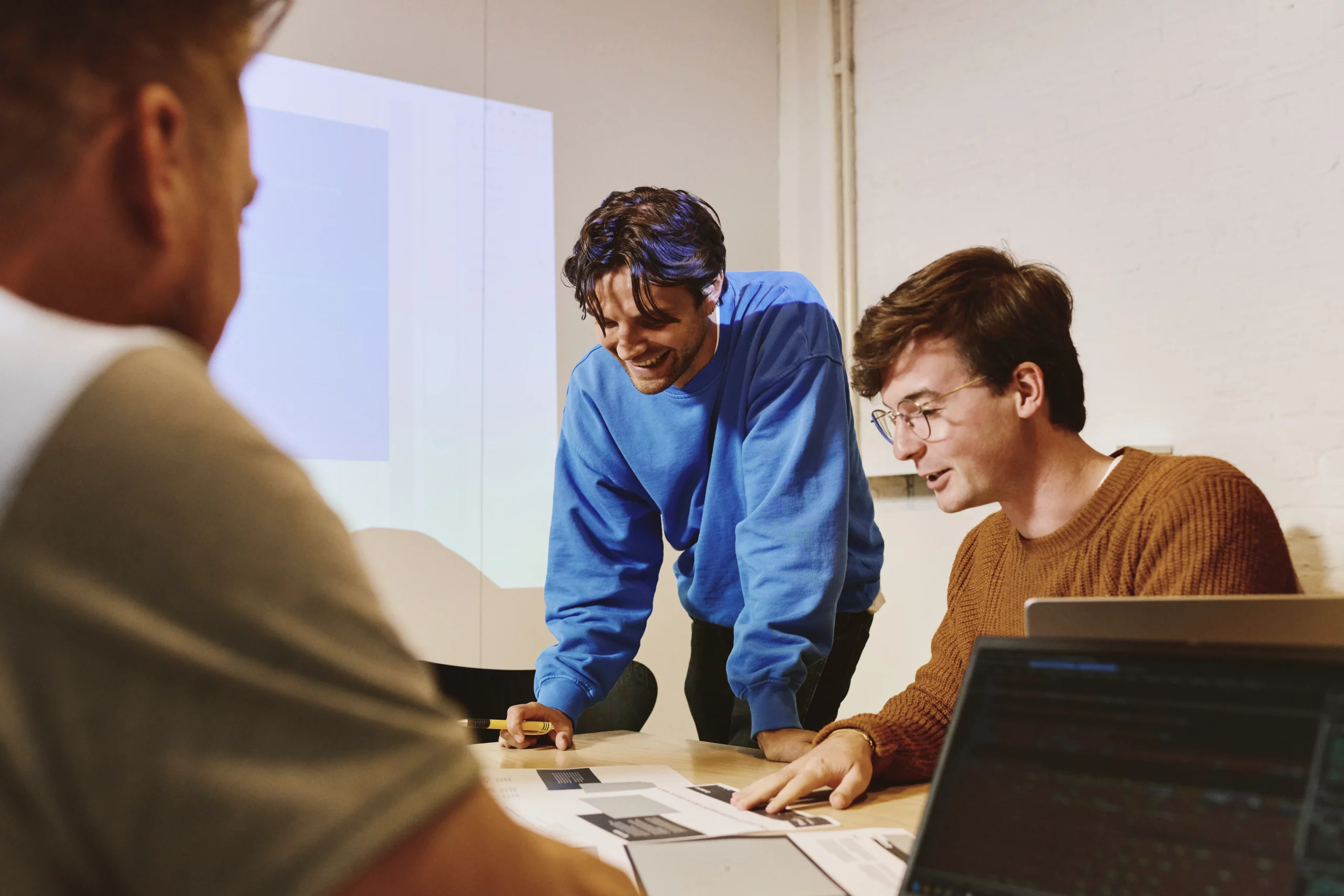Artificial intelligence is revolutionising advertising, impacting daily routines and shaping creative projects. From optimising workflows to refining advertising strategies, AI tools have become essential. Our exploration delves into projects where AI contributes to sound and video production, offering insights into the future of personalised creativity.
Artificial intelligence as an agency’s source of inspiration
Artificial intelligence (AI) is reshaping the advertising landscape, introducing a new way of thinking and opening up vast creative possibilities. While technology alone won’t change the essence of advertising, AI tools enable us to rapidly combine a wide array of knowledge and expertise at a speed beyond human capacity. It allows us to engineer emotions in unprecedented ways.
Though AI currently functions more as an assistant than a creative genius, boundaries are rapidly moving, and agencies need to discover each on their own how to leverage technology to their benefit. At the same time they need to tread carefully, finding a balance between process optimisation by using AI and safeguarding your identity as a creative agency.

Significance of human intervention and AI
While AI plays a crucial role in optimising our workflows, it hardly ever sits at the beginning or at the end of our process. Within a creative environment, the importance of human intervention can not be denied. Online we see amazing achievements created by AI, neglecting the fact that these are the result of human creative thinking. Whatever the possibilities these AI tools offer, the output is the result of a human process.
Setting aside the functional AI tools used for tasks like translations, image enhancement, or development code correction, the output of any AI tool, without a defined goal, remains inconsistent and unpredictable at best. Which leads to frustration or even a loss of productivity. Even when the output is aligned with what you’ve expected, it still needs to be checked and verified. Understanding the limitations or constraints of AI tools is as much part of embracing their potential. Mental flexibility and an open mindset to test the potential of each tool have become an integral part of our job.
Projects were we used artificial intelligence
Undoubtedly, AI tools have a great impact on our daily operations. They are present in meeting rooms to record notes, contribute to code optimisation, and serve as valuable aids in filtering through content and visualising concepts. The use of AI tools has become an irreversible step in how we work.
For a Deceuninck awareness campaign, capturing sound and video at the factory posed a challenge. The use of the factory location was an absolute must, but obviously we didn’t have the luxury to create a perfect soundstage. Despite the less-than-ideal acoustic conditions, AI tools effectively removed unwanted background noises, preserving audio quality.
In advertising, when we want to know which ad works best, our reliance on publisher feedback presents dual challenges. Firstly, relying on quantity-based algorithms for reliable feedback incurs substantial costs. Secondly, publishers, reliant on advertising funds for their business model, often make qualitative assumptions that could be translated into their best interest, not of your campaign or client. The introduction of customised AI tools allows us to pre-test ads in a controlled environment, refining strategies before launching, ultimately leading to a more efficient return on ad spend.
Envisioning the future of AI for agencies
Currently, AI acts as an intuitive search engine, a personal assistant, and a means to optimise processes or streamline redundant manual tasks.
However, the full potential of personalisation remains largely undiscovered, as most tools are utilised in their standard configurations.
By customising AI models, especially Open AI’s ChatGPT, opens avenues to tailor outputs based on your agency’s philosophy and client preferences. This level of hyperpersonalisation facilitates swift testing of advertisements, campaigns, but even marketing and brand strategies.
Agencies can now assess the impact of their creative ideas at an unprecedented pace. Using predictive models as a filter for ideas and theories eliminates the need for resource-intensive quantitative or qualitative methods. The speed at which creative ideas can be executed and tested is no longer constrained by human limitations, signalling a breakthrough with the advent of AI.
Top preferred AI tools at June20
We asked colleagues about the AI tools they use to improve their daily routines, how they use these tools and why.
- ChatGPT: Often used for text generation and improvement. Summaries of presentations, meetings notes, or large chunks of text. Custom versions are used to challenge theories and ideas.
- Max-AI, Jasper.ai and Monica: Browser extensions that enable you to unlock the features of ChatGPT, BARD, or Claude in your day-to-day workflow.
- Grammarly: Avoid mistakes as much as possible, whether in an agency presentation or an email. It also improves writing style and can enhance language.
- Fireflies: Integrates seamlessly with Google or Microsoft. It records meetings, takes notes, and creates to-do lists. It allows us to focus on the meeting without worrying about forgetting details.
- Deepl: Though there’s a nuance to translating texts that even the best native speakers can get wrong, Deepl is an invaluable tool for accurate translations.
- Topaz Labs: Allows us to enhance images and videos. This used to be a strictly manual job that had an influence on the amount of creative time we could dedicate to a project.
- Magnific AI: Improves the picture quality from worse to much better. Although it may not reach the same level as the authentic picture, the result is quite impressive.
- Midjourney: It allows our creatives to quickly materialise ideas, especially during the pitching stage when it’s important to provide clients with context and imagery. It is often combined with Photoshop’s Generative Fill for the finishing touches.
- Photoshop with Generative Fill: The finishing touch. We use it for image manipulation and customisation.
- Runway: This enables us to generate video in the same way we use Midjourney.
- HeyGen and SYNC.AI: Enables the creation of videos with perfect lip sync.
How can June2O help you?
At June20 we like to find creative solutions to challenges. Whether it’s a product launch, an e-commerce platform, an employer branding campaign or a branding strategy. Using AI tools enables us to divert as much attention as possible to find a solution with the best possible outcome for your challenge.
Want to find out what we could do? Schedule a call.

Biography
Peter Hoogland
Peter Hoogland, Cultural Strategist at June20, started his career in Flanders’ media industry, serving in various roles across radio and TV programs. He then spent seven years in management at Kursaal Oostende. Concurrently, he explored diverse fields of study, including psychology, workshop facilitation, behavioural design,, innovation, and business models.